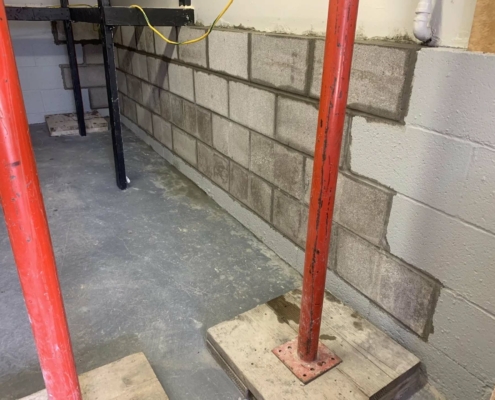
Choosing the Right Interior Waterproofing Solution for Your Home
Interior WaterproofingWhen it comes to protecting your home, few things are as crucial as keeping water out. A damp or leaky basement isn't just an inconvenience; it can lead to serious structural damage, mold growth, and a host of other problems. The key to safeguarding…
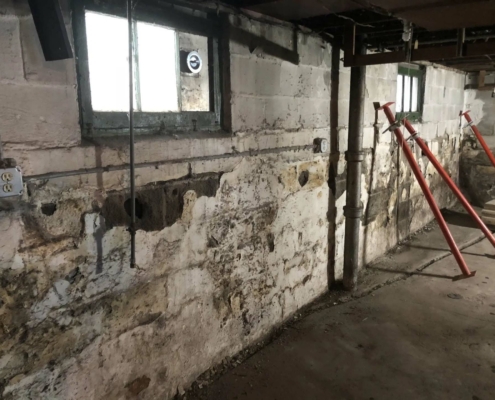
Mold Prevention 101: How Waterproofing Can Keep Your Family Healthy
Interior WaterproofingMold, the silent intruder lurking in the dark corners of our homes, poses a significant threat to our health and well-being. From triggering allergies to exacerbating respiratory conditions, mold can wreak havoc on our bodies without us even…
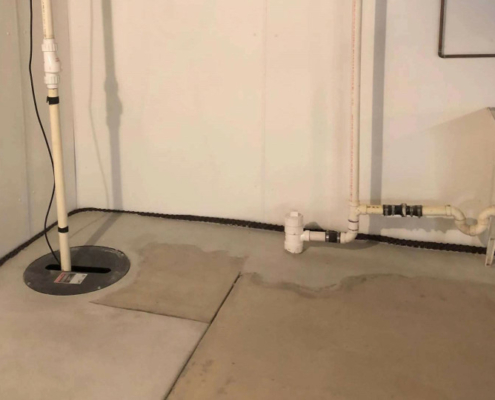
The Science Behind Basement Moisture Control: A Deeper Dive into the Process
Interior WaterproofingYour basement, often the unsung hero of your home, has the potential to be a versatile space—whether it's a cozy retreat, a functional storage area, or a creative haven. However, the perennial issue that plagues many basements is moisture.…
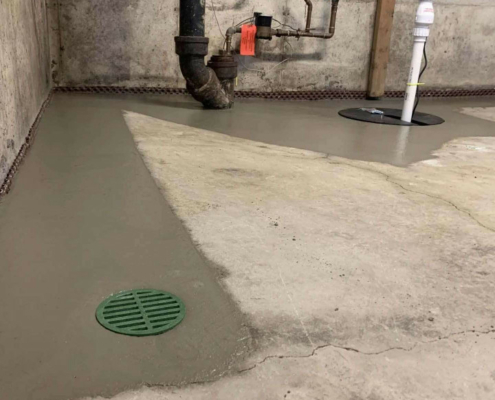
Cracks in Your Foundation: When It’s Time to Bring in a Foundation Expert
Interior WaterproofingYour home's foundation is its bedrock, quite literally. It's the sturdy base upon which your house stands, providing stability and support. However, when cracks begin to appear in this crucial structure, it's a cause for concern. Foundation…
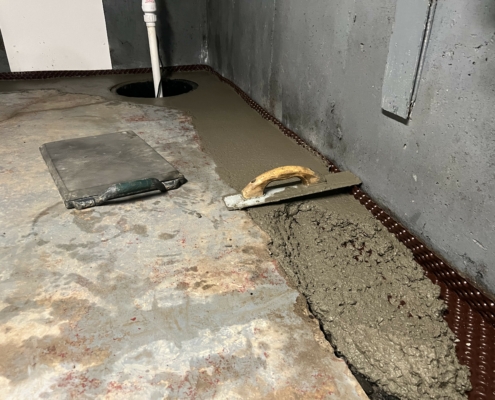
How Interior Waterproofing Adds Significant Value to Your Home
Interior WaterproofingYour home is more than just a structure; it's an investment in comfort, security, and your family's future. Amidst the many aspects of home maintenance and improvement, one often overlooked yet invaluable enhancement is interior waterproofing.…
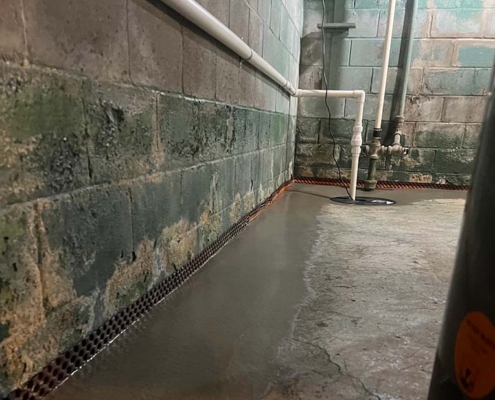
Basement Waterproofing vs. DIY Solutions: What You Need to Know
Interior WaterproofingFor homeowners, the prospect of a wet basement can be daunting. The potential for water damage, mold growth, and structural issues looms, prompting a search for solutions. While some may consider tackling the issue themselves, it's essential…
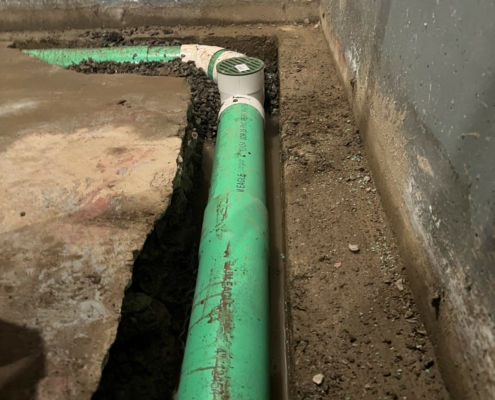
The Hidden Dangers of a Wet Basement: Why You Need Interior Waterproofing
Interior WaterproofingPicture this: It's a quiet, rainy night, and you're cozied up inside your home. You can hear the soothing patter of raindrops on the roof, and it feels like the perfect time to relax. However, as the rain intensifies, you start to notice something…

Unveiling the Hidden Benefits: Why Waterproofing Your Basement is a Must
Interior WaterproofingWas your basement a cozy, inviting room that has been transformed into a damp, musty space plagued by mold, mildew, and water damage? It's a scenario no homeowner wants to face. Yet, the importance of basement waterproofing often goes unnoticed…

